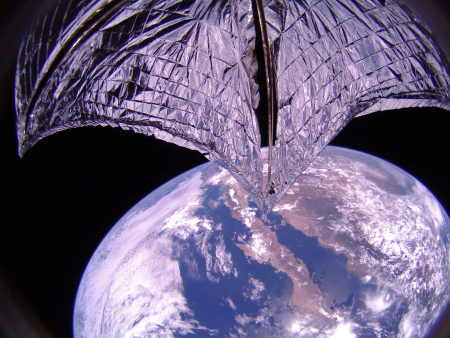Suborbital rocket company has launch failure
Capitalism in space: Gilmour Space Technologies, one of the numerous new rocket companies aimed at capturing the emerging smallsat market, experienced a launch failure on July 29 just prior to lift-off of its suborbital rocket.
At T-7 seconds to launch, the test rocket suffered an anomaly that resulted in the premature end of the mission. Initial investigations show that a pressure regulator in the oxidiser tank had failed to maintain the required pressure, and this caused the upper half of the rocket to be ejected as helium escaped.
On the positive side, there were no explosions due to the safe nature of hybrid rocket engines, and no observable damage to the engine. (The white plume seen here is steam.) Moreover, despite failure to launch, the team did successfully test Gilmour Space’s mobile launch platform and mission control centre, which had journeyed over 1,800 km to the test site.
It appears the failure was from a piece of equipment provided by an outside contractor.
Capitalism in space: Gilmour Space Technologies, one of the numerous new rocket companies aimed at capturing the emerging smallsat market, experienced a launch failure on July 29 just prior to lift-off of its suborbital rocket.
At T-7 seconds to launch, the test rocket suffered an anomaly that resulted in the premature end of the mission. Initial investigations show that a pressure regulator in the oxidiser tank had failed to maintain the required pressure, and this caused the upper half of the rocket to be ejected as helium escaped.
On the positive side, there were no explosions due to the safe nature of hybrid rocket engines, and no observable damage to the engine. (The white plume seen here is steam.) Moreover, despite failure to launch, the team did successfully test Gilmour Space’s mobile launch platform and mission control centre, which had journeyed over 1,800 km to the test site.
It appears the failure was from a piece of equipment provided by an outside contractor.

